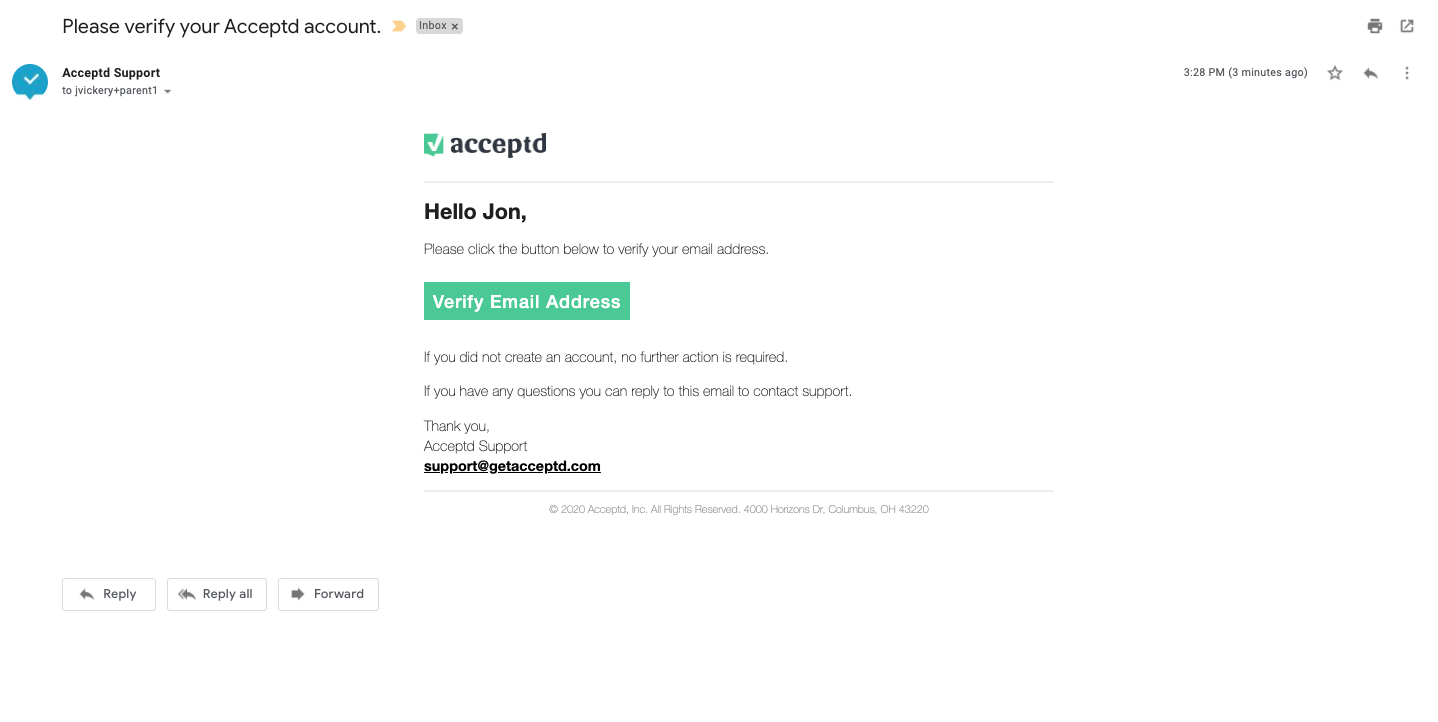Why is it necessary to verify your email address? You may have concluded that email is dead due to the proliferation of social media and the growing importance of those other forms of communication. The continued use of email authentication services as a mode of communication within businesses can be attributed to several factors. The use of email as a primary mode of communication within businesses is widespread. According to the findings of current surveys, the following are the U.S.
Around the world, there are 2.9 million email addresses that are currently being used, and every single day, 180 billion emails are sent. To put that number into perspective, Twitter has over 300 million users, whereas Facebook has over one billion users. For a significant portion of time, email has been the most utilized mode of communication on the entire planet.
As a direct consequence of these findings, it is abundantly obvious that rather than going back down, it is climbing back up. Even the most basic social networking sites require an email account before you can use them. Email as a primary communication method will remain necessary for the foreseeable future.
Email Authenticity
When sending an email, the risk of delivering a wrong message is acceptable and should not be considered too great of a burden to bear. The cost of sending the email to the wrong location is negligible, amounting to only a few hundredths of a penny for each email sent to the wrong location.
Why is it critical for organizations to ensure the integrity of email communications? In this particular instance, many different factors are at play. It only costs a few pennies to send to the wrong email address, but the risks it presents are significant enough to warrant the expense. Use the best email validation service to counteract this effect.
It is necessary to consider the business’s position and the email user’s reputation. It’s easy to send an email to the wrong person, leading to a buildup of messages in your inbox over time. If you continue behaving this way, your reputation as a shipper will be irreparably damaged. If you use an incorrect email address, you run the risk of having your reputation damaged. The number of spam identities you maintain, the number of anonymous individuals who have filed complaints against you, and the total number of those complaints all play a part. Complaints aren’t about someone contacting Yahoo to complain about an email being sent to the wrong person; rather, they are about the user’s ability to label an email as garbage or junk.
You must be Aware of Your Sender’s Score!
You can anticipate that approximately 21% of the email communications you send to customers will be transmitted to the inboxes of those customers. Compared to Canada’s 70 percent, this represents a 68 percent increase in emails sent. This places strong importance on the sender’s score and reputation. The difference between 21% and 68% is a substantial one. The greater the number of letters a consumer receives from you, the higher their grade.
Both honeypots and spam traps can be used to collect data.
One must be familiar with many languages to comprehend the entire system. “Email service providers” (ESPs) offer email distribution services like Yahoo, Hotmail, and Google. Spam Traps are inactive email accounts that have been reactivated to send spam. After a predetermined period, the ESP will automatically turn off. Hotmail may reinstate the spam trap function to prevent scammers from sending emails to email addresses they are not authorized to send emails to. Consequently, legitimate businesses risk being inundated with emails from customers who used to use their service but have since stopped doing so.
Honey Pots are email addresses that have never been used. They are not real email addresses; therefore, you should not use them. In order to detect malware, ESPs deliberately place them in your p. Only one account is required for this task. As a direct consequence, a directory containing the names of companies that routinely send emails to honey pots and other types of scams has been compiled.
In order to foil unlawful activities and scam operations in email networks, these devices are set up. These mistakes are essential to avoid at all costs for respectable businesses. If your email marketing strategy makes too many of these common mistakes, it risks being completely blocked. You transmit twenty million emails; if you’re not paying attention, twenty million will rebound back to you.


